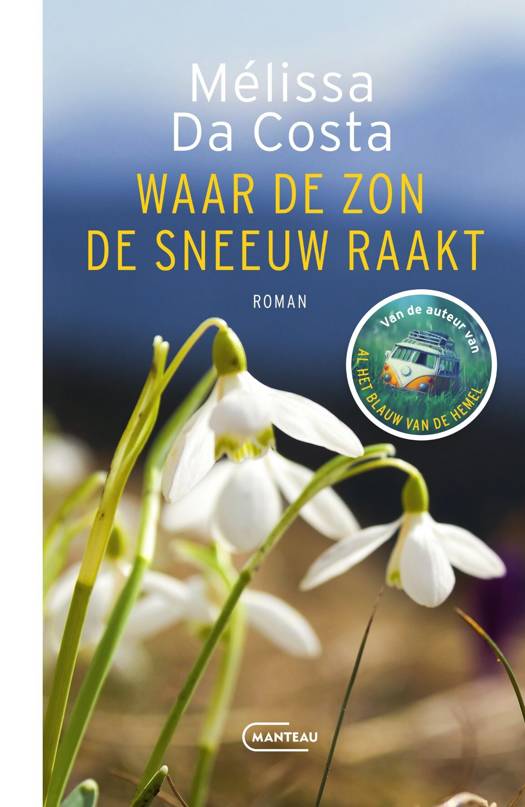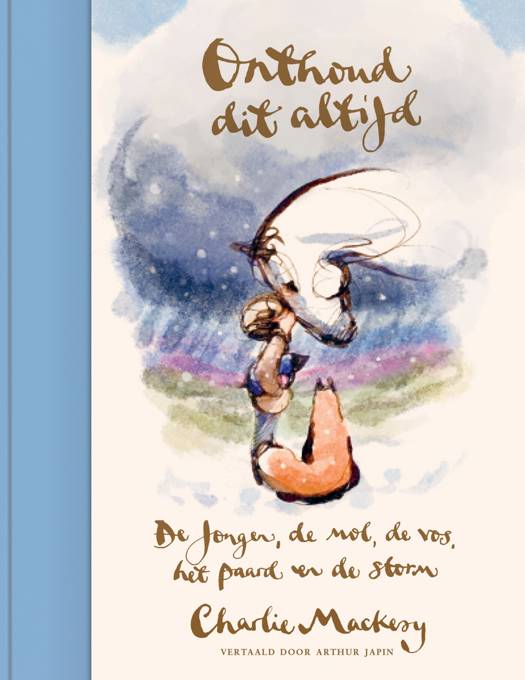
Bedankt voor het vertrouwen het afgelopen jaar! Om jou te bedanken bieden we GRATIS verzending (in België) aan op alles gedurende de hele maand januari.
- Afhalen na 1 uur in een winkel met voorraad
- In januari gratis thuislevering in België
- Ruim aanbod met 7 miljoen producten
Bedankt voor het vertrouwen het afgelopen jaar! Om jou te bedanken bieden we GRATIS verzending (in België) aan op alles gedurende de hele maand januari.
- Afhalen na 1 uur in een winkel met voorraad
- In januari gratis thuislevering in België
- Ruim aanbod met 7 miljoen producten
Zoeken
Strategic investment of embodied energy during the architectural planning process
Linda Hildebrand
Paperback | Engels
€ 39,95
+ 79 punten
Omschrijving
Building industry impacts natural cycles and has potential for optimization. While impairment on nature reached a new dimension already some three centuries ago the building industry started to realize the dependency in the second half of the 20th century. With LCA method all life cycle phases can be monitored and the environmental impact of each can be quantified. The energy consuming and emission generating components in the building context can be distinguished in the groups transport, operation and material. An architect deals with the operational energy and the building substance. With nearly zero (not renewable) energy for operation an ecological building is defined by the building substance.
Evaluation of the building substance
While the building structure accounts for the highest share of embodied energy and GWP, the facade offers high potential for optimisation. This potential is even higher when considering a long (50-100 years) usage life span; the building structure remains while the (non load-bearing) facade is object to exchange cycles.
Findings and their integration into the architectural planning process
The city is a depot for resources and we (it involves a variety of professions) need to learn how to organize it. Modularity, light construction, the use of renewable materials and mono materials are also interesting fields which are looked at from a different point of view. They are relevant for all building elements. Although they are not initially invented to reduce the ecological impact of the built environment, they show potential to do so. The facade is the essential parameter for the resource-efficiency of a building as it is exchanged and binds relevant amounts of material. Impact can be made within this element due to its high variation in construction and materialization. The material cycles need to become smaller and the gaps – landfill or downcycling need to be closed. The use of resources will increasingly develop impact on architecture and by that resource efficiency is a successor of energy efficiency.
Evaluation of the building substance
While the building structure accounts for the highest share of embodied energy and GWP, the facade offers high potential for optimisation. This potential is even higher when considering a long (50-100 years) usage life span; the building structure remains while the (non load-bearing) facade is object to exchange cycles.
Findings and their integration into the architectural planning process
The city is a depot for resources and we (it involves a variety of professions) need to learn how to organize it. Modularity, light construction, the use of renewable materials and mono materials are also interesting fields which are looked at from a different point of view. They are relevant for all building elements. Although they are not initially invented to reduce the ecological impact of the built environment, they show potential to do so. The facade is the essential parameter for the resource-efficiency of a building as it is exchanged and binds relevant amounts of material. Impact can be made within this element due to its high variation in construction and materialization. The material cycles need to become smaller and the gaps – landfill or downcycling need to be closed. The use of resources will increasingly develop impact on architecture and by that resource efficiency is a successor of energy efficiency.
Specificaties
Betrokkenen
- Auteur(s):
- Uitgeverij:
Inhoud
- Aantal bladzijden:
- 450
- Taal:
- Engels
- Geïllustreerd:
- Ja
Eigenschappen
- Productcode (EAN):
- 9789461863263
- Verschijningsdatum:
- 1/07/2014
- Uitvoering:
- Paperback
- Afmetingen:
- 189 mm x 246 mm
- Gewicht:
- 968 g

Alleen bij Standaard Boekhandel
+ 79 punten op je klantenkaart van Standaard Boekhandel
Beoordelingen
We publiceren alleen reviews die voldoen aan de voorwaarden voor reviews. Bekijk onze voorwaarden voor reviews.









